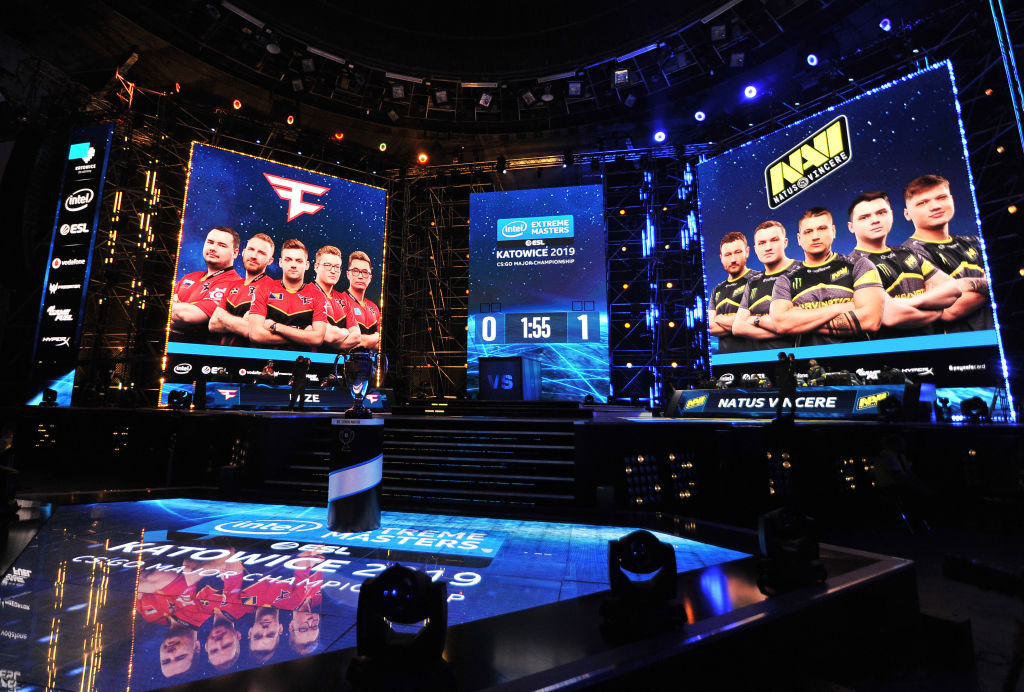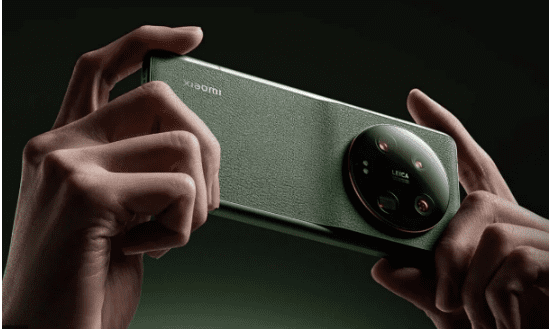After months of speculation, Samsung and Google have finally unveiled their long-awaited VR headset, with the Galaxy XR.
The first to run on Android XR, we explain the specs of the Galaxy XR headset and compare it to the considerably more expensive Apple Vision Pro.
Make sure you visit our best VR headset guide to see our current favourite devices.
Price and Availability
The recently announced Samsung Galaxy XR headset is available now in the US and Korea, with a starting price of $1799 or $149 a month. At the time of writing, we don’t know when the headset will launch in the UK.
In comparison, the Apple Vision Pro is considerably more expensive with a starting price of an eye-watering £3199/$3499. However, unlike the Galaxy XR, it is available in many more countries including the UK, US and across Europe.
Snapdragon XR2 Plus Gen 2 vs M5
Made in collaboration with Samsung, Google and Qualcomm, it’s fair to say the Galaxy XR is a considerable group effort. While the headset runs on Galaxy XR (which we’ll go into more later), it’s powered by Qualcomm’s chipset for XR headsets, Snapdragon XR2 Plus Gen 2.
While we haven’t reviewed the chip ourselves, Qualcomm promises it enables the Galaxy XR to deliver “next generation immersive experiences with visual clarity”. In addition, the chip enables powerful on-device AI and supports both MR and VR technology too.
In comparison, the most recently announced Apple Vision Pro runs on Apple’s M5 chip while its predecessor ran on the 2022 M2 chip. Apple explains that its M5 is able to simultaneously run visionOS, “advanced computer vision algorithms” and deliver “stunning graphics”.
Apple also promises the Apple Vision Pro can deliver faster load times, more responsible web browsing, sharper details and up to 2x faster AI workloads than its predecessor too.

Galaxy XR is the first of its kind to run on Android XR
The Galaxy XR headset is the first headset that’s built and runs on Android XR, Google’s new operating system for headsets and glasses. Google promises that Android XR combines “Gemini’s helpfulness with an awareness of your surroundings to bring you new ways to use an AI assistant and experience apps and games”.
Android XR offers you access to Google apps that have been reimagined for XR, via the Google Play Store, including the likes of HBO Max, YouTube, Google TV and even Google Maps and Chrome. However, Google has made it clear that “it’s just getting started” with what its XR provides.


The Vision Pro runs on Apple’s VisionOS instead, which is built on the same foundations as macOS, iOS and iPadOS. It also features its own dedicated App Store which includes apps that are built specifically for visionOS and includes compatible iPad and iPhone games too.


Apple Vision Pro promises longer battery life
Powering the Vision Pro is an external, aluminum-encased battery that promises up to three hours of video playback or up to 2.5 hours of general use. However, of course it’s worth noting that the exact battery life will depend on a multitude of factors including the settings enabled and apps used.
The Galaxy XR promises just slightly less battery compared to the Vision Pro, with up to two hours of general use or up to 2.5 hours of video playback. Much like the Vision Pro, the battery pack is also separate from the headset, which should help the device feel more compact and comfortable to wear.
Galaxy XR is considerably lighter
Following on from the above, considering the nature of a headset, you ideally want it to be fairly lightweight so it doesn’t weigh down and become uncomfortable after prolonged wear. With this in mind, it’s especially noteworthy that the Galaxy XR headset (without including the external battery pack) weighs just 545g whereas the Vision Pro can weigh as much as 800g, depending on the Light Seal and head band configuration.
Although we haven’t reviewed the Vision Pro, it’s fair to expect that as it’s considerably heavier than the Galaxy XR, it might become uncomfortable to wear after a long period of time. However, as Apple offers multiple head band and fitting options, there’s likely ways around this.


Apple Vision Pro features Spatial Audio
Thanks to dual-driver audio pods positioned close to each ear, the Vision Pro is able to deliver spatial audio which Apple promises blends with real-world sounds to keep you aware of your surroundings. Plus, naturally as part of Apple’s ecosystem, the Vision Pro also pairs seamlessly with AirPods Pro 3 and AirPods 4 to offer lossless audio with ultra-low latency too.
While the Galaxy XR doesn’t explicitly offer spatial audio, Samsung does promise immersive sound that “places users at the center of extended worlds”.
Early Verdict
Marking the first headset powered by Android XR and running on Qualcomm’s XR chip, the Galaxy XR is undoubtedly an exciting prospect. However, it’s worth noting that both Samsung and Google have stated that this headset is “just the beginning” so it might not be a fully-baked headset at this stage.
Even so, considering it’s much cheaper and lighter than the Vision Pro, the Galaxy XR is arguably a more appealing option for those factors alone.
We’ll have to wait until we review both headsets to provide a conclusive verdict.












